Jason Cramer
SONYC-UST-V2: An Urban Sound Tagging Dataset with Spatiotemporal Context
Sep 11, 2020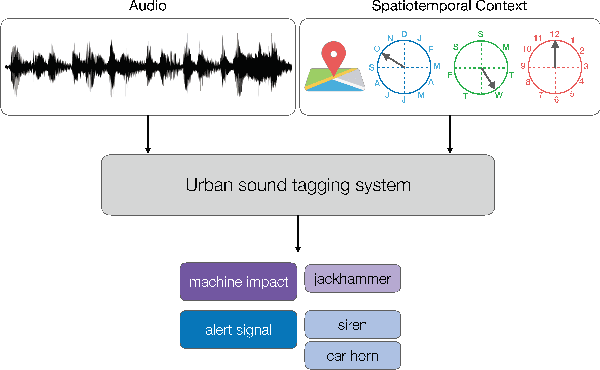
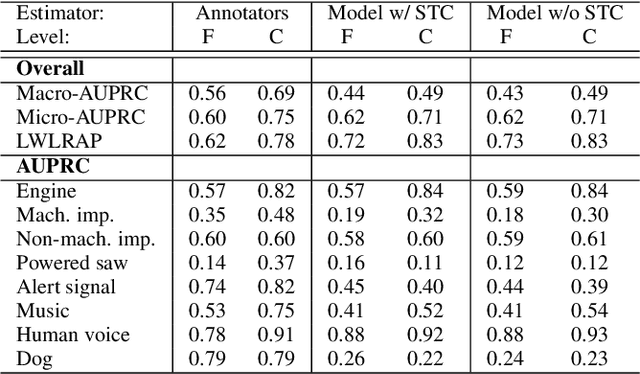
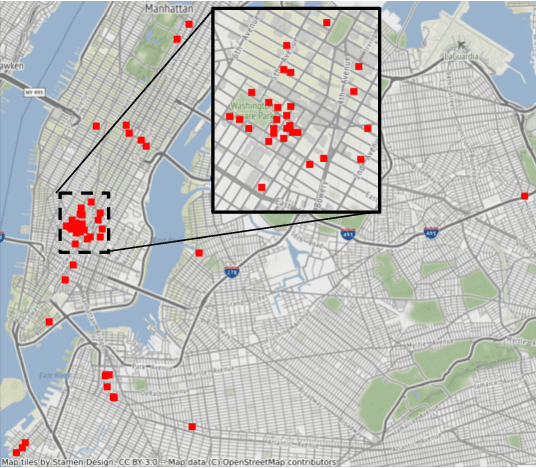
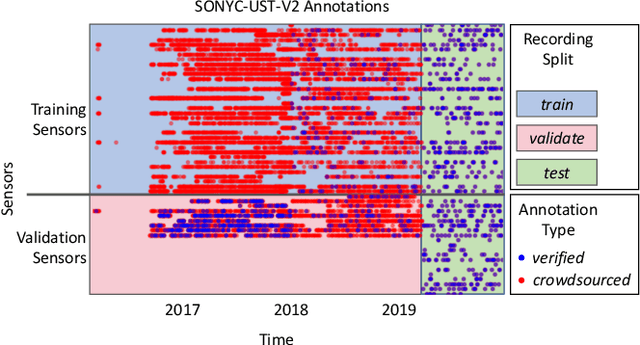
Abstract:We present SONYC-UST-V2, a dataset for urban sound tagging with spatiotemporal information. This dataset is aimed for the development and evaluation of machine listening systems for real-world urban noise monitoring. While datasets of urban recordings are available, this dataset provides the opportunity to investigate how spatiotemporal metadata can aid in the prediction of urban sound tags. SONYC-UST-V2 consists of 18510 audio recordings from the "Sounds of New York City" (SONYC) acoustic sensor network, including the timestamp of audio acquisition and location of the sensor. The dataset contains annotations by volunteers from the Zooniverse citizen science platform, as well as a two-stage verification with our team. In this article, we describe our data collection procedure and propose evaluation metrics for multilabel classification of urban sound tags. We report the results of a simple baseline model that exploits spatiotemporal information.
Long-distance Detection of Bioacoustic Events with Per-channel Energy Normalization
Nov 01, 2019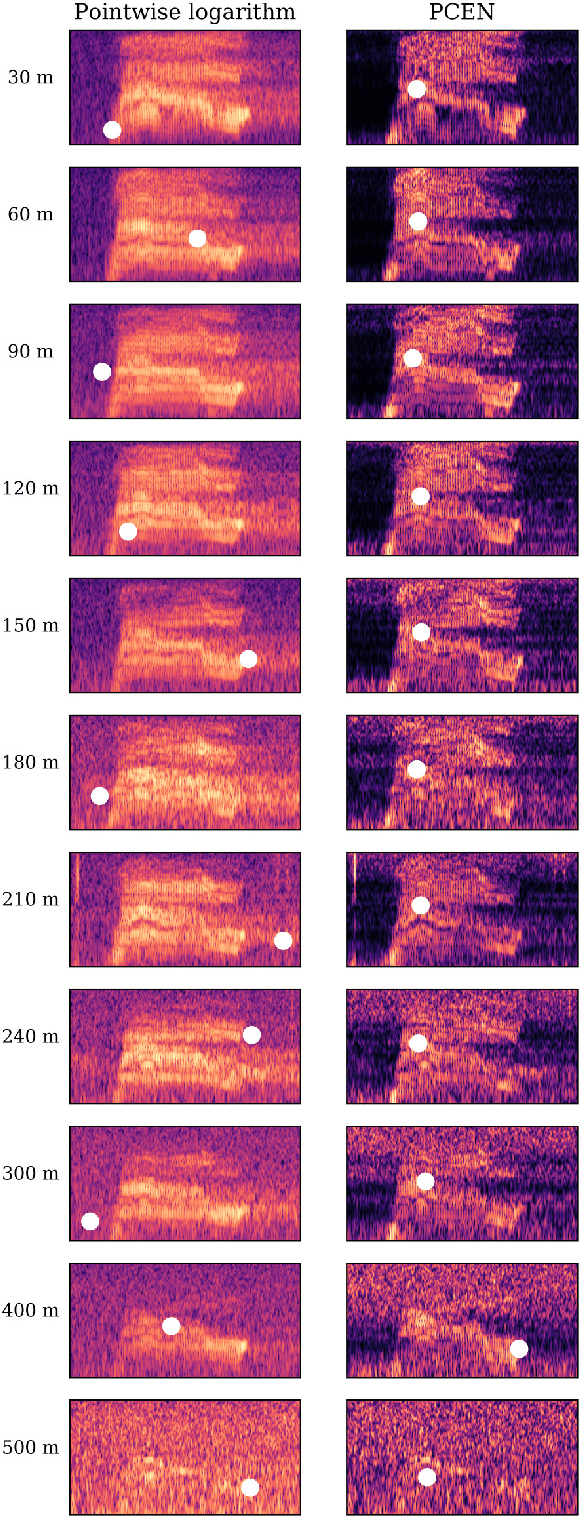


Abstract:This paper proposes to perform unsupervised detection of bioacoustic events by pooling the magnitudes of spectrogram frames after per-channel energy normalization (PCEN). Although PCEN was originally developed for speech recognition, it also has beneficial effects in enhancing animal vocalizations, despite the presence of atmospheric absorption and intermittent noise. We prove that PCEN generalizes logarithm-based spectral flux, yet with a tunable time scale for background noise estimation. In comparison with pointwise logarithm, PCEN reduces false alarm rate by 50x in the near field and 5x in the far field, both on avian and marine bioacoustic datasets. Such improvements come at moderate computational cost and require no human intervention, thus heralding a promising future for PCEN in bioacoustics.
 Add to Chrome
Add to Chrome Add to Firefox
Add to Firefox Add to Edge
Add to Edge